There are many reviews on the three products on the Internet, so I don’t say too much about the products themselves. I would like to focus on sharing my experiences:
The shape of the three models is even more sophisticated, and for consumers, it should also be love for radish and vegetables. LG is a law-abiding projector style, extremely elegant H1 classic, nut X1 is to personalize the line to the end. However, in terms of interfaces, we can see that different product design ideas. LG PF1500 is quite comprehensive, in addition to HDMI, fiber port, USB, RJ45 network port, 3.5mm audio port and other traditional interfaces, this machine also has many traditional interfaces such as RF port, component HD input, AV input, although many interfaces actually face Eliminated, but let the product to adapt to a wider range, and extremely Mi H1 boldly discard the backward interface, for high-definition players, HDMI ARC, USB3.0 these interfaces are really just needed. The interface of the nut X1 is similar to that of the H1, but it lacks the HDMI interface and fiber output interface supporting ARC, and adds an AV interface. Speaking of practicality, one meter of H1 and one HDMI interface are more convenient for multi-terminal equipment connection. In my actual use, due to the basic use of only APP to watch online video, the HDMI port usage rate is very low, and because the home wireless network signal is good, so the back of the LAN cable port is actually "furnishing."
Here's a question about the placement of the three products. When the user actually uses it, he will encounter such situations: in the living room, he can put it on the coffee table in the middle of the room; if he put it on the partition of the bed in the bedroom, it may cause the screen to be too long due to the long projection distance. Too big "beyond the wall; on the nightstand, it may be due to the wrong angle of projection that causes the picture to distort. At this time, the optical zoom and trapezoidal correction function of Polari H1 is particularly useful. The so-called optical zoom, is through the optical lens to adjust the size of the picture without loss of picture quality. The trapezoidal correction, the market's non-screen TV products are generally only equipped with the upper and lower trapezoidal correction, Polar meters H1 also has a function of trapezoidal correction, to ensure that the screen projected from the side will not be deformed.
In addition to the appearance and nominal configuration, the biggest difference between these three products lies in the system: Miji H1 and Nuts are all based on Android-based deep customization of intelligent systems, which is a relatively mature network set-top box-like system, LG PF1500 uses WEB OS-based intelligence In terms of system resources, the Android system wins. Although the WEB OS system also has its own characteristics, it does not have the resources to support it. Even the best system cannot play a role. At this point, I strongly voted for Android.
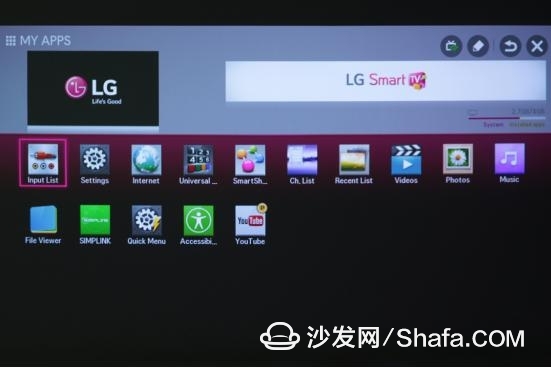
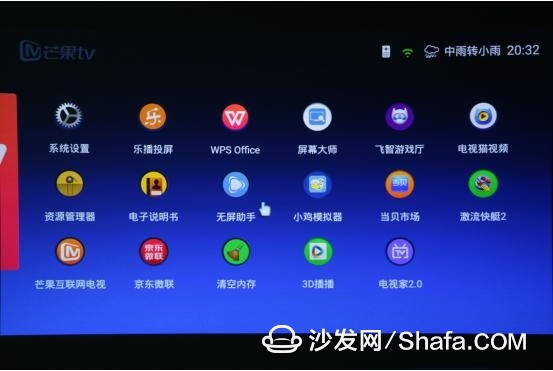
Let's look at brightness first. The nominal brightness of the three machines are: LG 1400 ANSI lumens, H1 900 ANSI lumens, nuts X1950 ANSI lumens, the data is a bit large, but the actual situation is surprising.
LG and real meters contrast real shot.
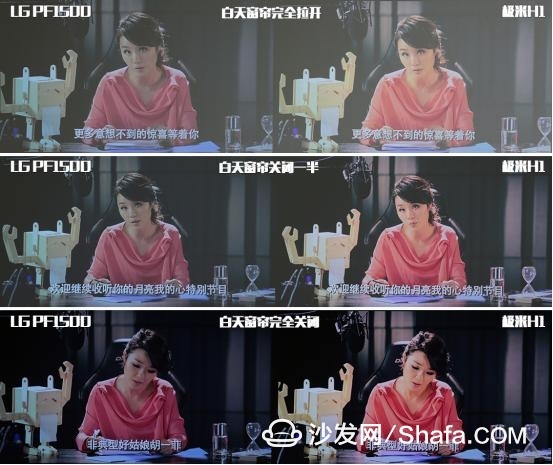
Nut X1 and polar meter H1 contrast real shot.
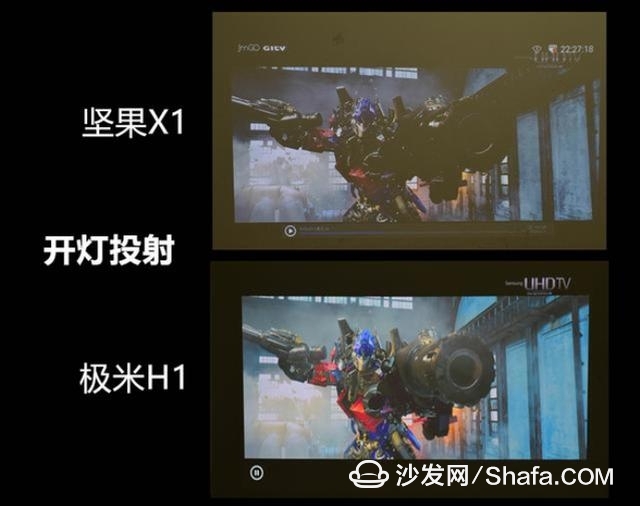
The result was unexpected. The brightness was actually the lowest value of the lowest meter H1. It seemed that the brand had played with the brand until now.
Let's look at colors.
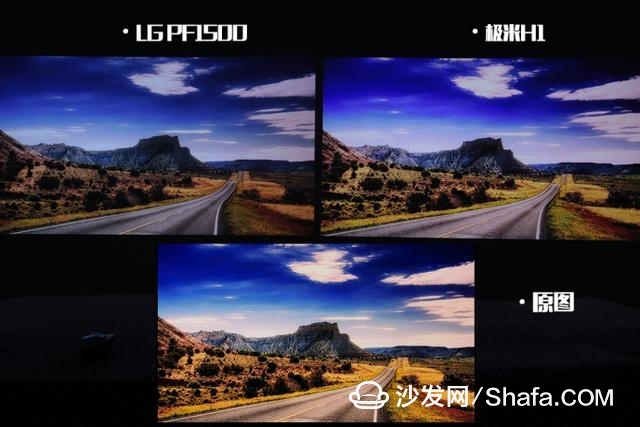
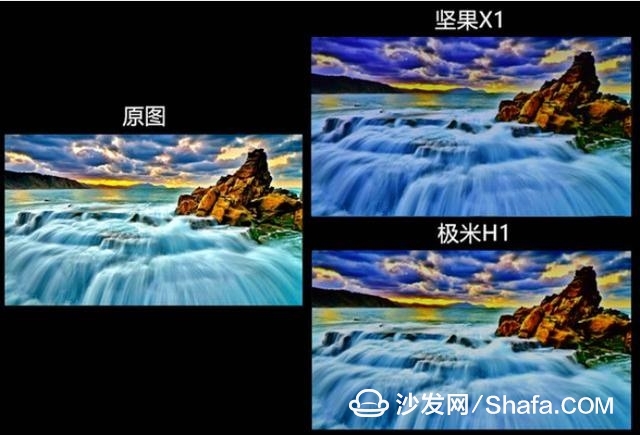
All three machines support Bluetooth playback. However, the Mi Mi H1 also supports Wifi playback. Its audio resources come from Baidu, and the number is very large. It can also be played without opening the optical drive, and it becomes a Wifi desktop audio. Technically speaking, it is not impossible to have a stereo with a low midrange and high frequency in a small body such as these three machines. Although I couldn't reach the soundtrack like BoseSoundLink Mini, I was very satisfied. The sound effects of the HMI H1 are wide and deep, and it is more layered. It reflects the higher level of the Harman Kardon sound. In terms of bass, the two bass passive diaphragms bring more powerful effects, while the LGPF 1500 sounds more dry and treble. Some burrs are very strong, and the bass part can be basically ignored. The nut X1 is not as sweet and soft as the rice, but it is still a lot stronger than LG.
We recorded a video of LG and M1 sound effects, and sent the audio source to both projectors via the network STB and 1×4 HDMI splitter. Each time only one projector was turned on to maximize the volume and the other was muted. Using the same 3 songs for switching and contrasting, due to the use of SLR recording, can not fully reflect the stereo effect, but it is enough to prove that such a design is not a tasteless.
In the end, I would like to say that in the past we felt that the sound quality of screenless TVs needs to be improved, but now the 1080p products on the market not only have sufficient brightness and picture quality, but also meet the requirements of general users in terms of sound. So whether it is in terms of convenience or practicality, no screen television has begun to convince me. If I were to choose a recommendation, I think the Himi M1 is easier to pick up. After all, in the price range of 5,000 yuan, its performance is nothing short of a short board.
There are good hardware and display effects, of course, with a rich content resources, the combination of software and hardware can play the greatest value of a TV. In terms of content, it is recommended to install a sofa butler - the sofa butler is a third-party app store designed specifically for smart TVs, Android box users, carefully providing television, box users with high-quality television exclusive version of the application, including with live Or on-demand video and audio and video software, various types of recreational competitive video game software and daily office entertainment management system management tools. Extreme meter projector H1 installation method
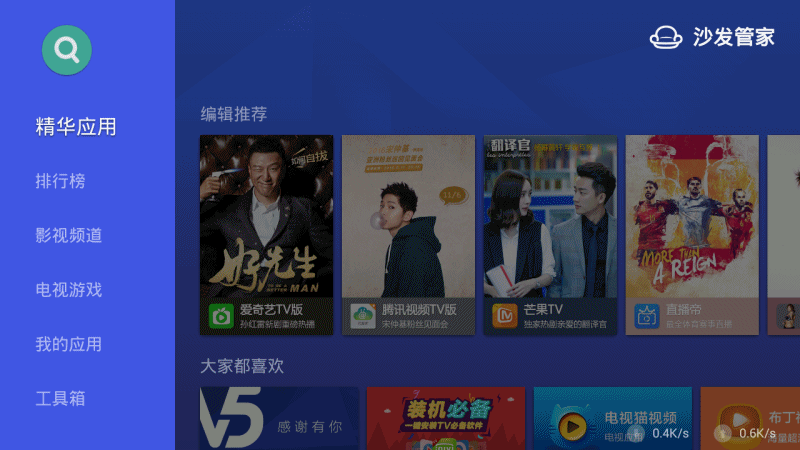
Two - way trigger diode, also known as two - end ac device (DIAC), and two - way thyristor at the same time.Because of its simple structure and low price, it is often used to trigger the bidirectional thyristor, and can also constitute overvoltage protection circuits.Construction, symbol and equivalent circuit of a bidirectional trigger diode.
Also commonly used in the overvoltage protection, timing, shift equal circuit, Figure 2 is the overvoltage protection circuit composed of bidirectional trigger diode and bidirectional thyristor.When the transient voltage exceeds the DIAC and Ubo, the DIAC quickly conducts and triggers the bidirectional thyristor to also conduct, so that the following load is protected from overvoltage damage.
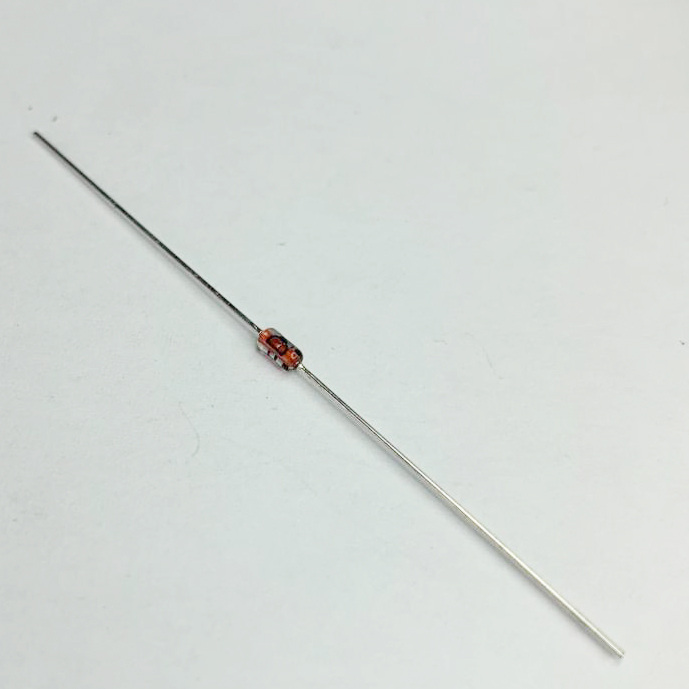
DO-35,DIACS,DO-35 Diode,DO-35 package,Small Signal Diode
Changzhou Changyuan Electronic Co., Ltd. , https://www.changyuanelectronic.com